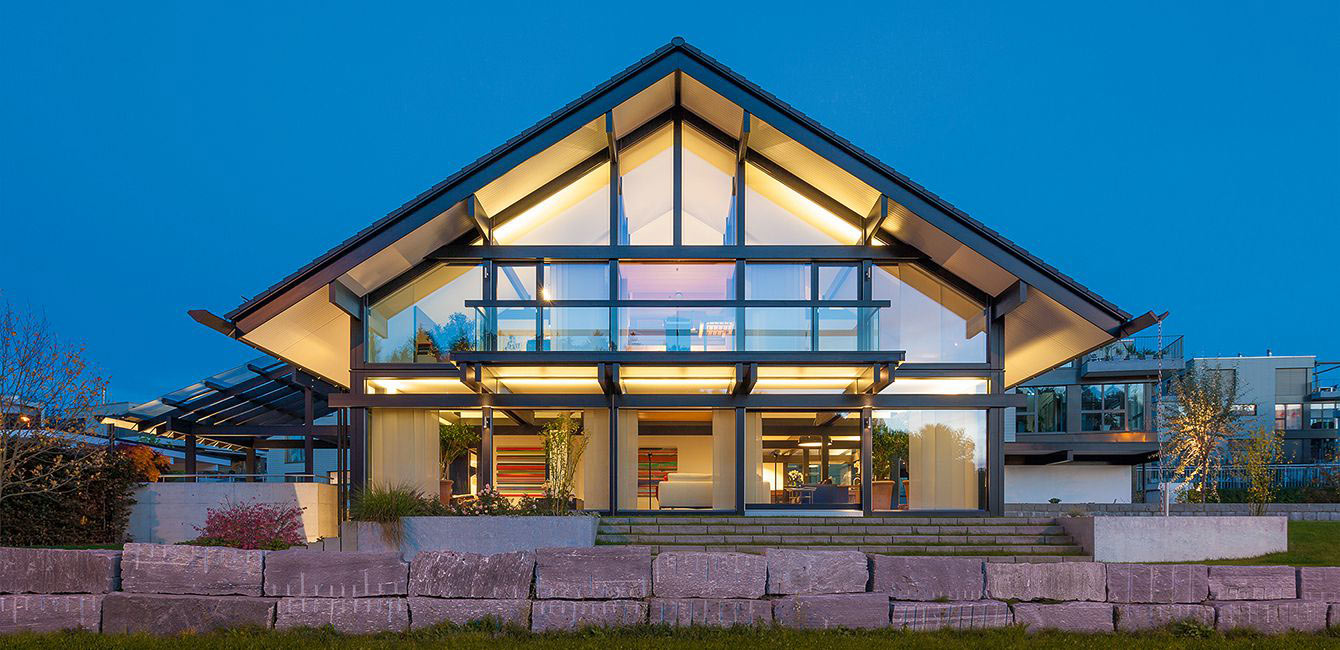Chalet: as it was and as it could be
Originating in the Alps, the chalet style influenced the development of architecture in France, Switzerland, England and even America. It has come a long way from a simple form in the 16th century to the epitome of high art in the 17th century, returned to the common people in the 20th century in the form of bungalows and again "climbed the ladder", gradually adapting to the conditions and traditions of the area where it was used.
If you are thinking about the design of your home, contact us. Explore, learn about the evolution of style, "try it on" to you and choose what you like.
Folk chalet
At least three different types of chalets were built in different regions of Switzerland. The first type is a square-shaped temporary shelter for cattlemen, seasonal (summer) use, the so-called mountain. For the construction were taken roughly hewn logs, the roof made a simple gable, long eaves hang down well outside the walls, protecting the galleries and exterior stairs.
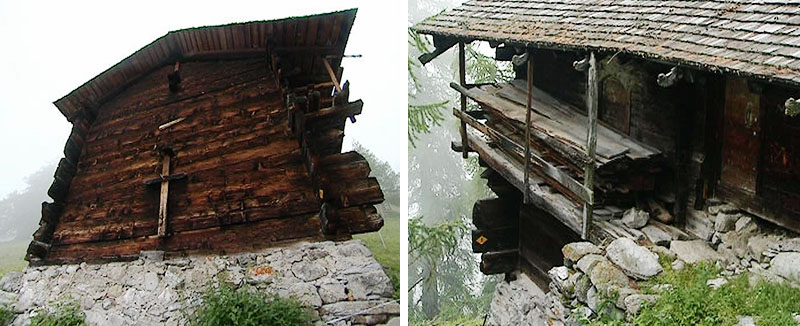
The other two types were set on the flat terrain and in the upper valleys. The base was masonry, and inside was placed a basement room. A timber frame was placed on top, and the facade was covered with plaster. The house was no longer square, but rectangular. Curtain cornices protected the walls from bad weather, and heavy brackets supported the pediment. Balconies and galleries, window apertures were created with additional protection against rain and wind. In the lower valleys heavy rains caused more damage than snow, and in order to allow water to quickly drain off the roof, it was made sloping. A feature of the upper valley chalets was a flat roof - the drier but colder climate of the area forced to keep the snow on the roof for warmth.
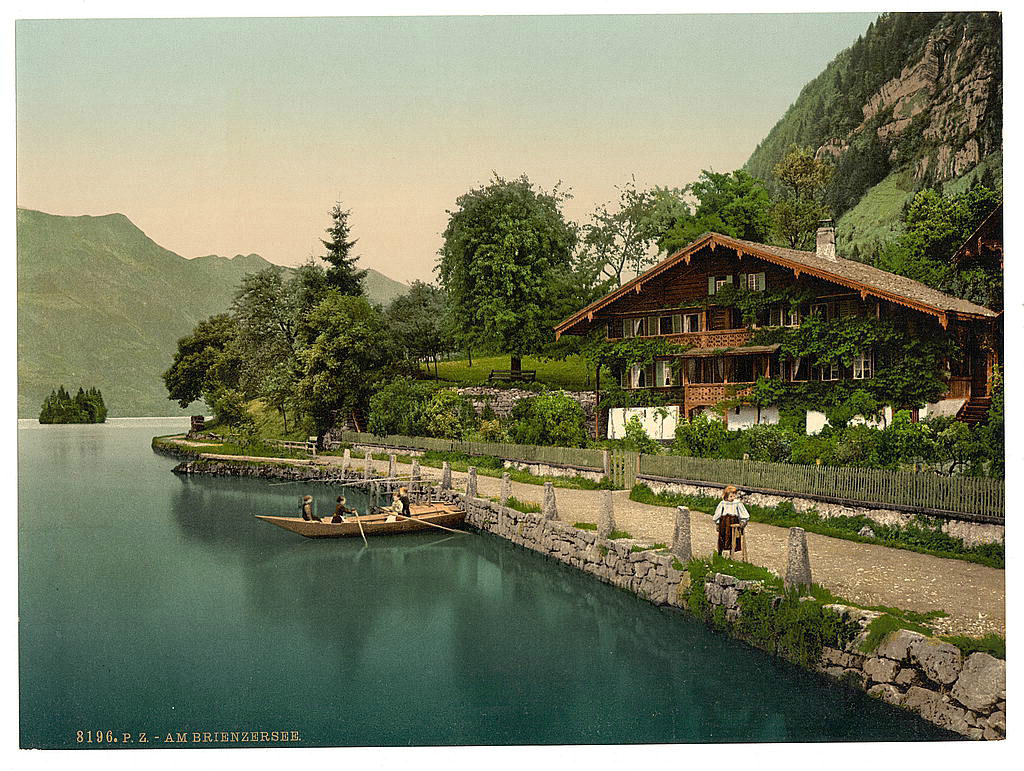
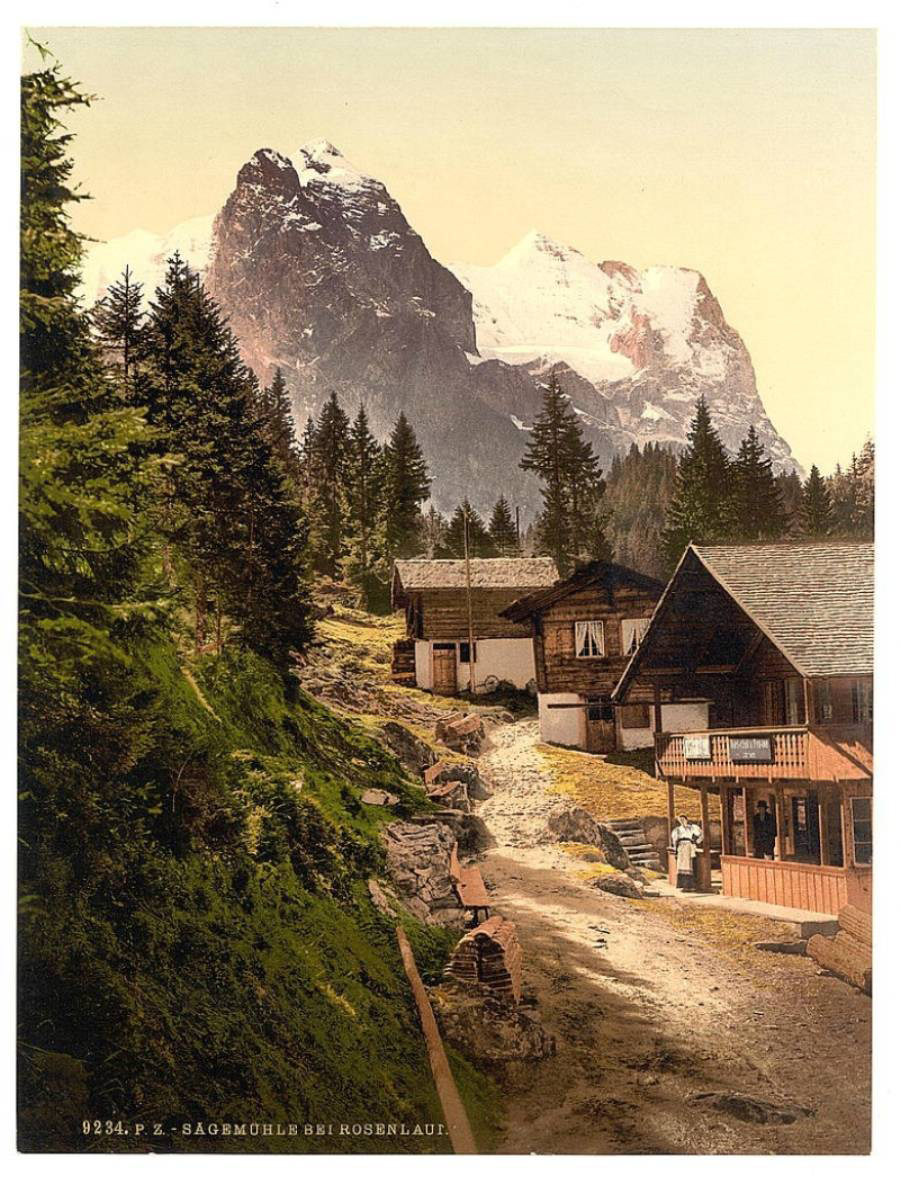
In the 18th century, following a series of advances in the means of transportation, the English were able to travel to the Alps, where they appreciated the practicality and scenic beauty of chalets, which was reflected in the writings of educated English travelers. It was they who were able to elevate the image of simple people's huts and attract the attention of architects in Europe and America. In 1829 the first cottage was built in England on the basis of the Swiss tradition.
AMERICAN CHALETS.
In 1850, the architect Downing introduced the chalet style to America in the form of the design of county residences. While the Swiss models were characterized by the heaviness of log structures on a stone base, the American models had a lighter base and a mass of applied decorative elements. Shingles and wood chips were hardly used, panels were used for decoration, and roof rafter ends were carved. Like their prototypes, American cottages were also built in two stories, with the second story having a balcony with distinctive carved flat balusters. Siding was either vertical or horizontal, with the first floor sometimes finished in stucco. Family mottos or family coats of arms were placed on the gables.

In the late 19th century, chalets came into vogue in Cincinnati. With the lighter hand of architect Lucien Plimpton, bungalows with distinctive chalet-style roofs were built in different areas of the city during this period - Hyde Park, Oakley.
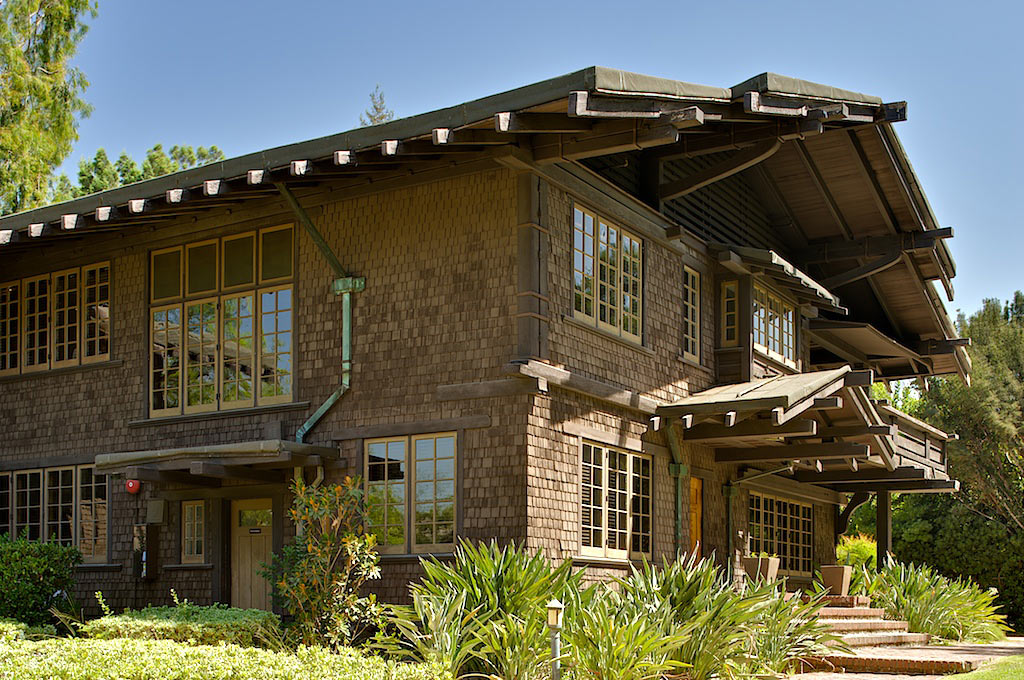
FRENCH CHALETS
Savoy is the birthplace of chalets, the modern ski resort area. Today, French chalet homes here are built in cast-in-place, concrete, and wood is used as a finishing material.
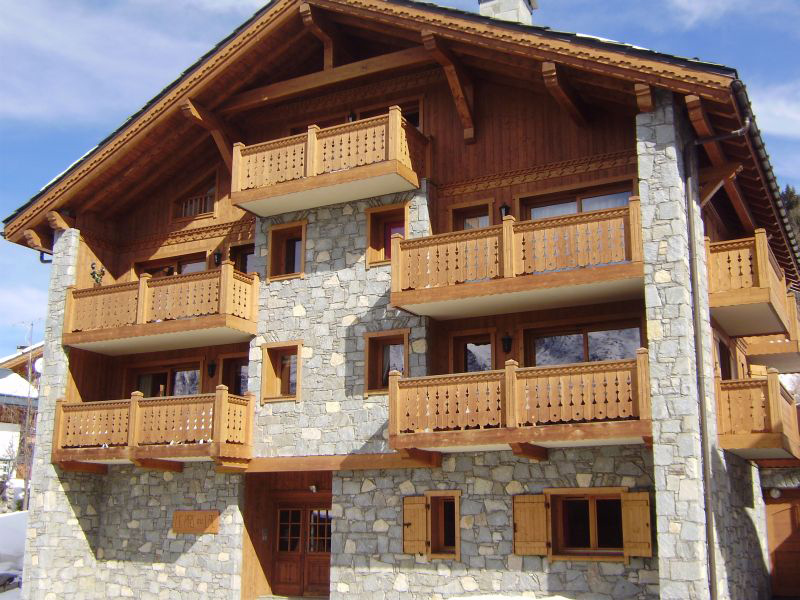
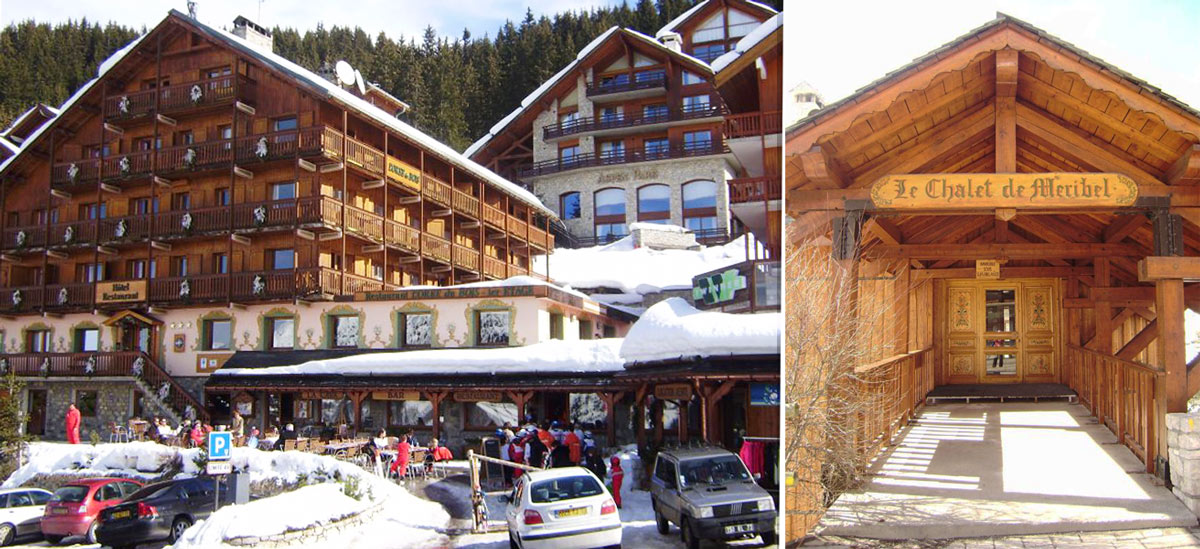
CHALET IN GERMANY AND AUSTRIA
The basic principles of style are respected in all buildings of the chalet type in both Germany and Austria. Distinctive features of local chalet houses are abundance of decorative elements, paintings and flowers. Balconies are present on all floors, generously decorated with flowers.
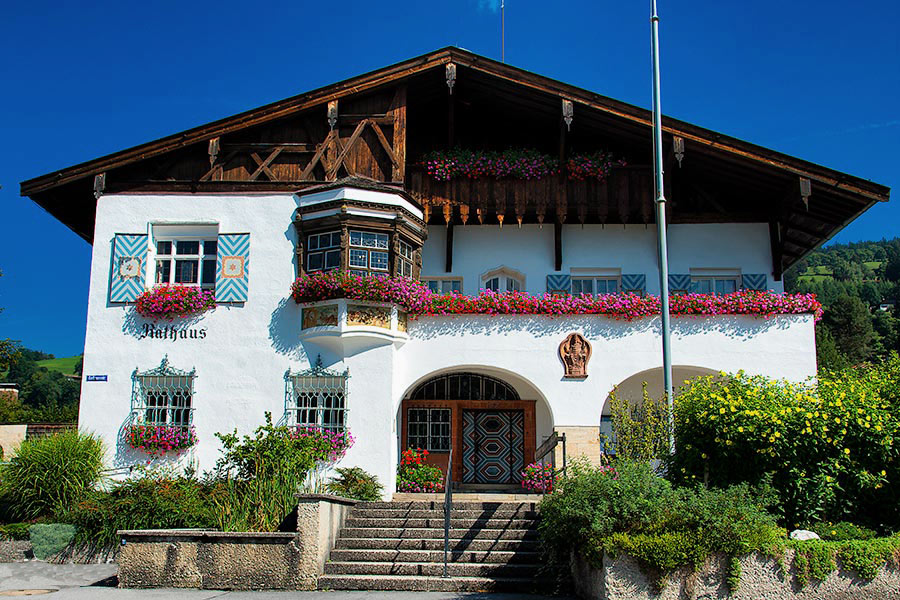


A new interpretation
A change of era is always accompanied by the appearance of new technologies and materials, and in the ancient style of alpine houses today perfectly "built" tile, imitation stone and wood, and forged elements. On the wide facades more glass is used, sometimes even huge panels up to the eaves. The decor is kept to a minimum. Modern chalets are built in Canada, Europe and Russia. They carefully preserve their origins, combining them with the trends of modern times. Picturesque architectural compositions attract the attention of people around them, beckoning them with calmness, comfort and family warmth.

